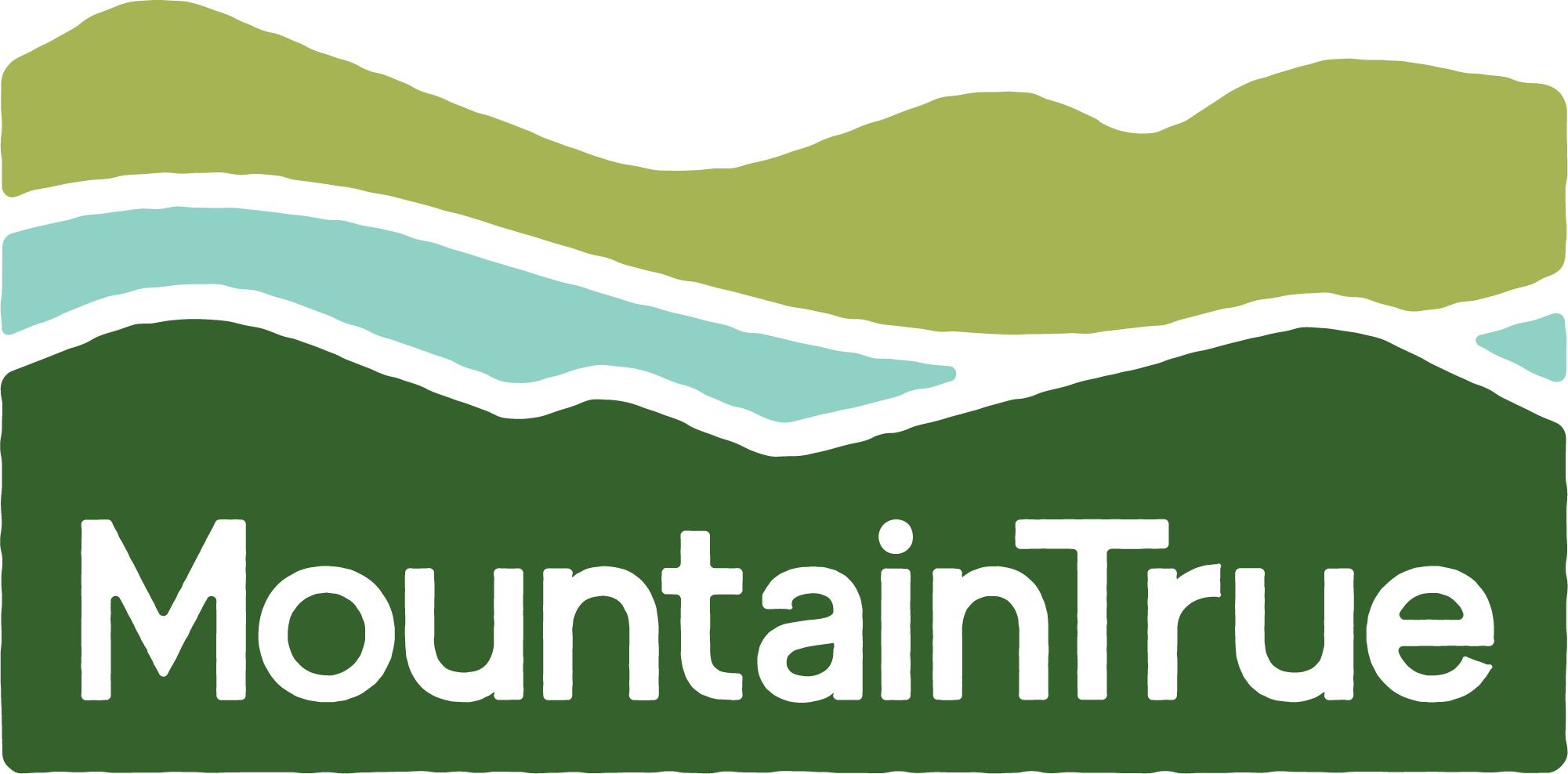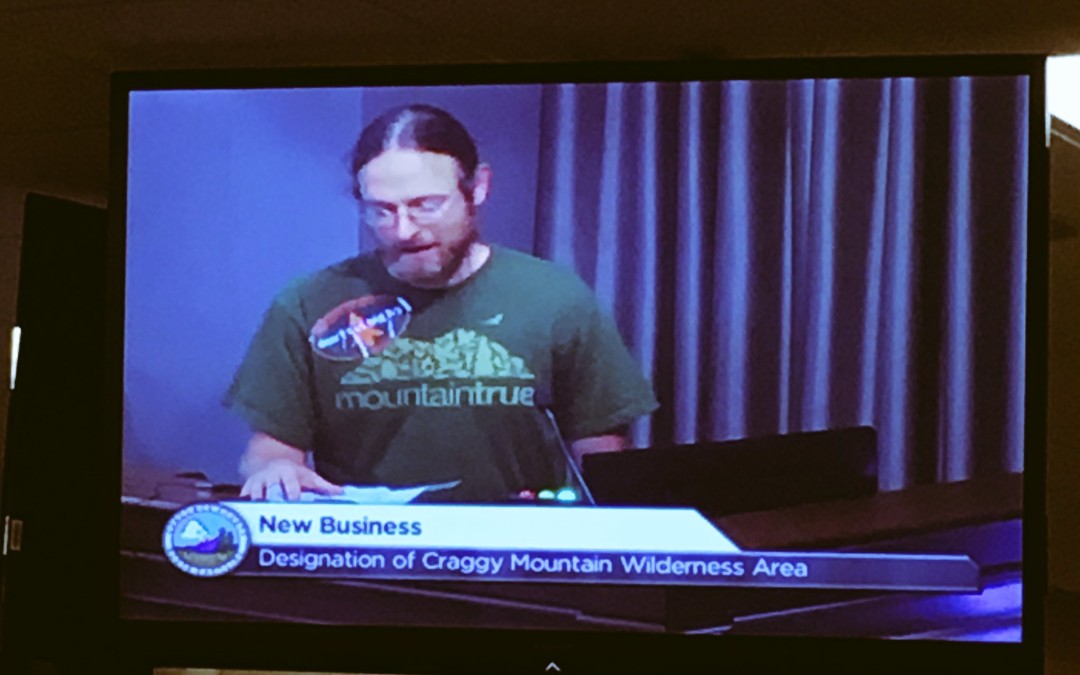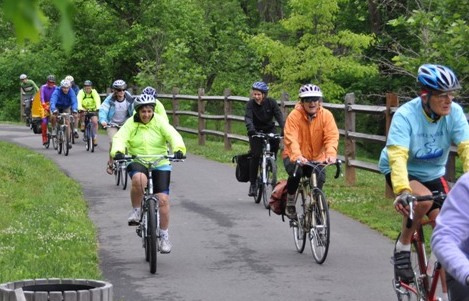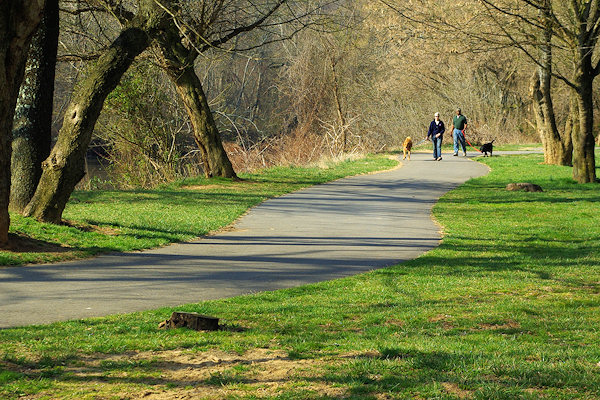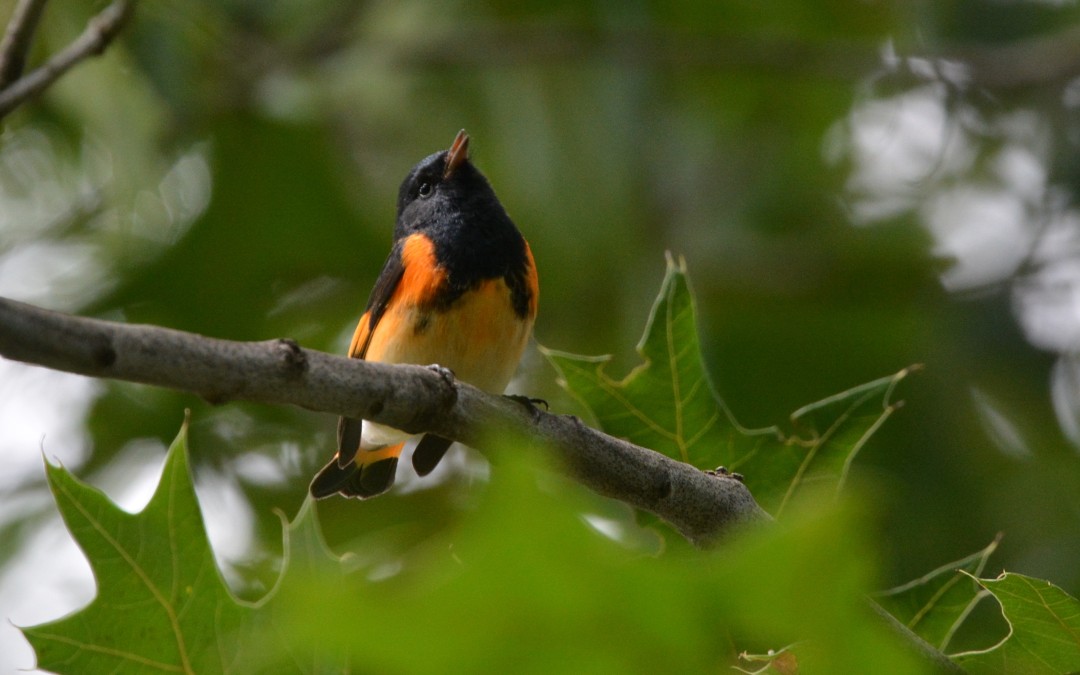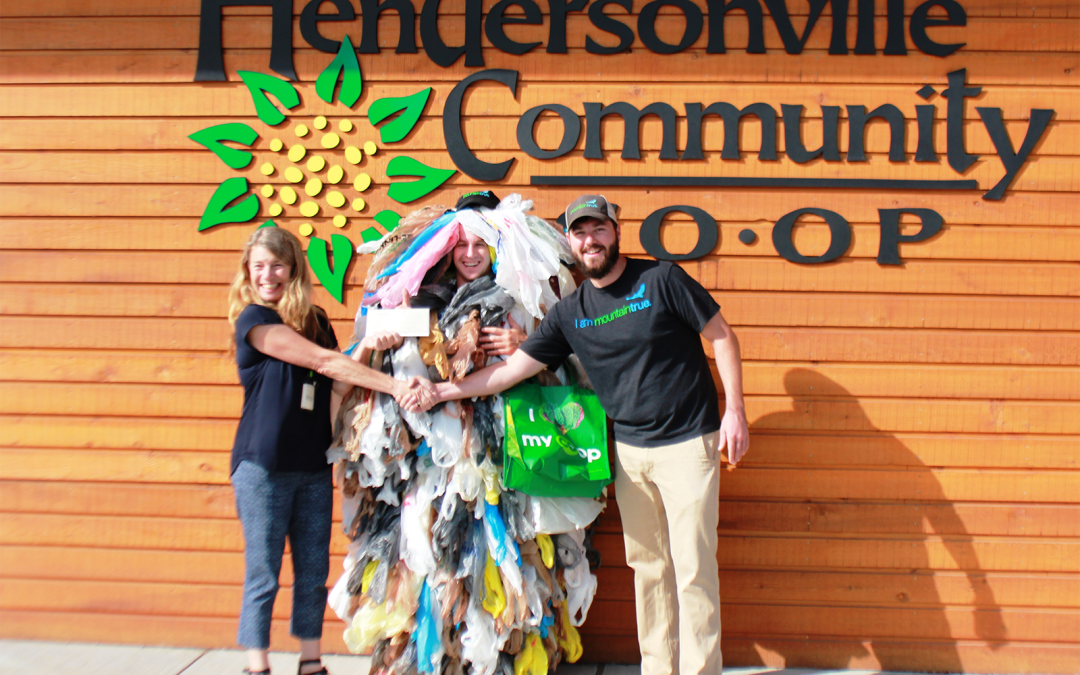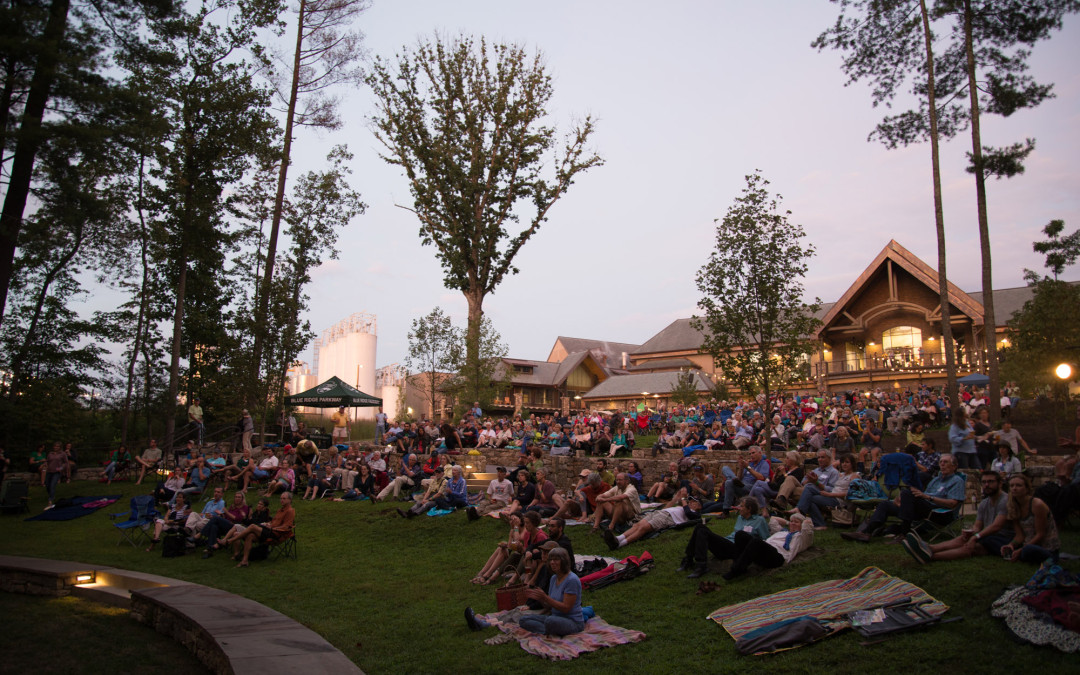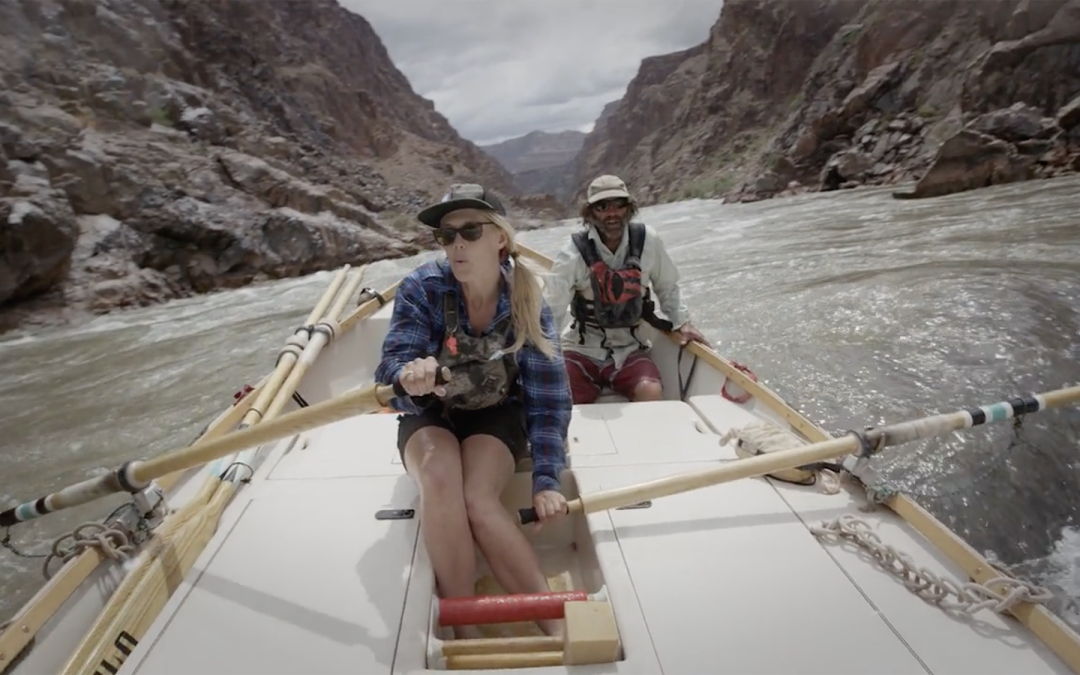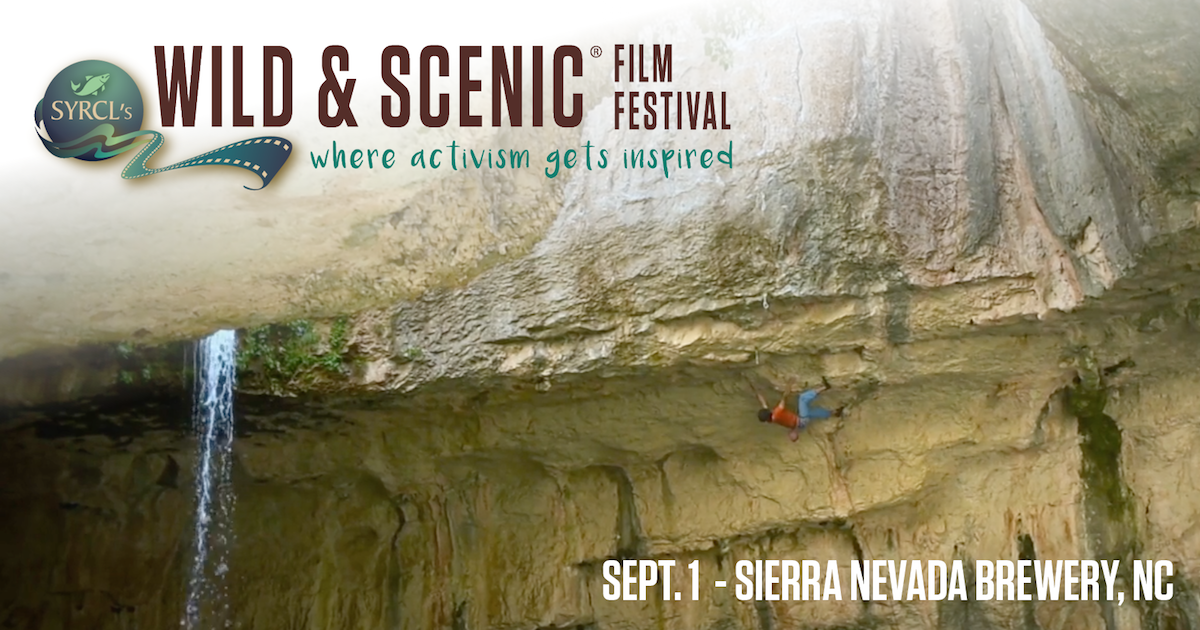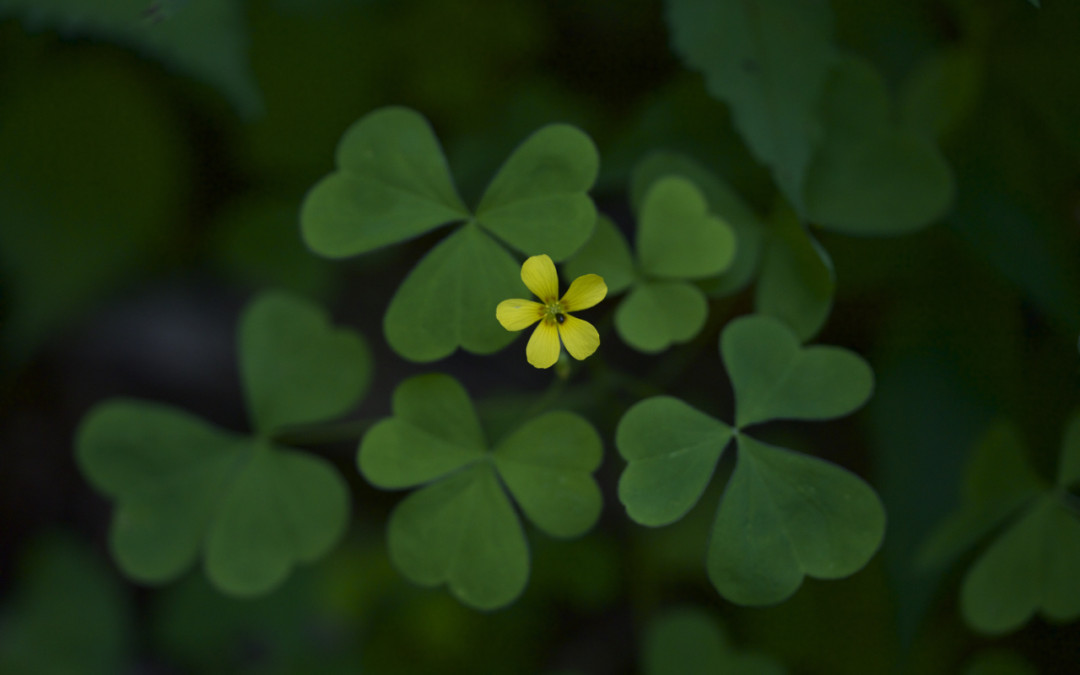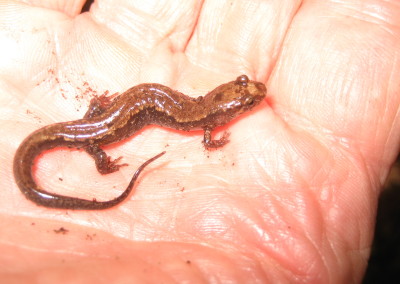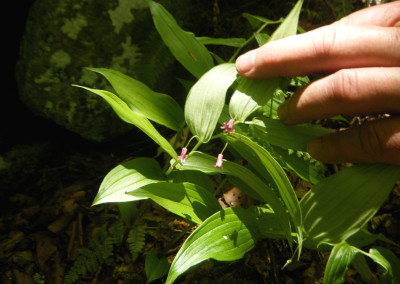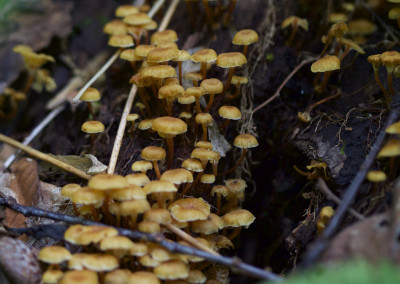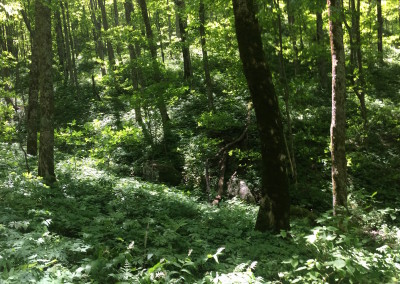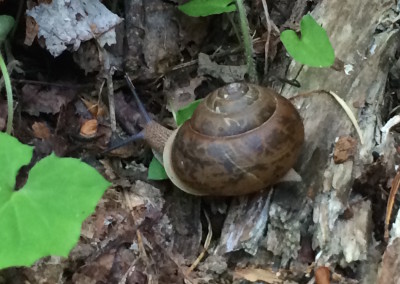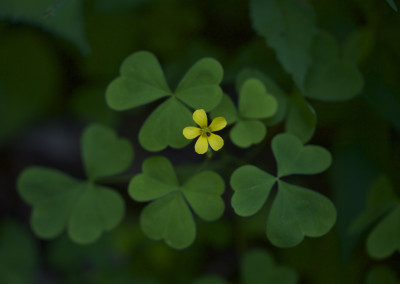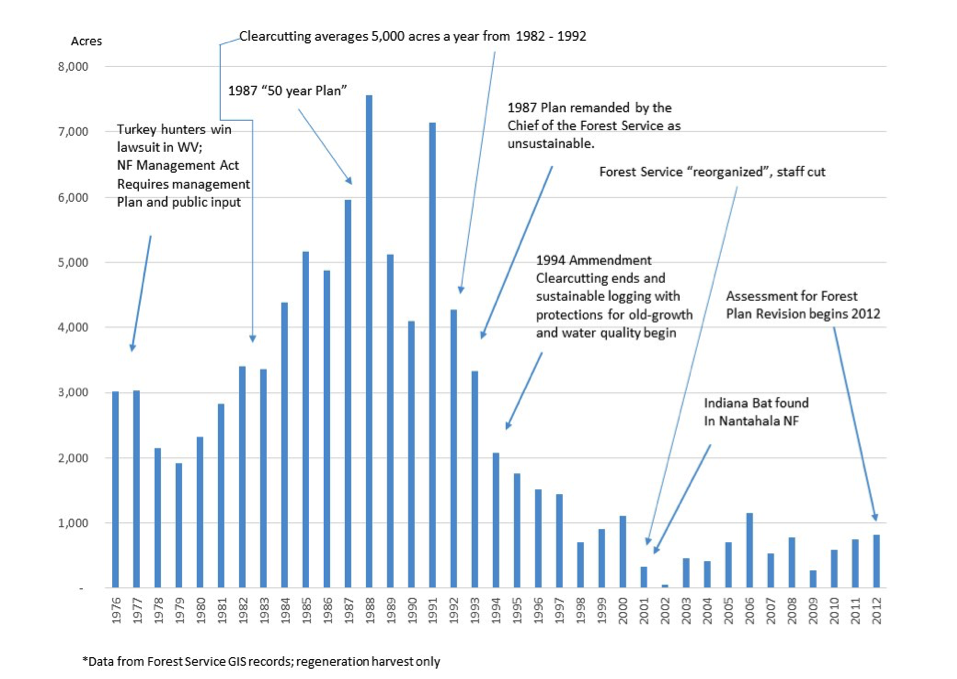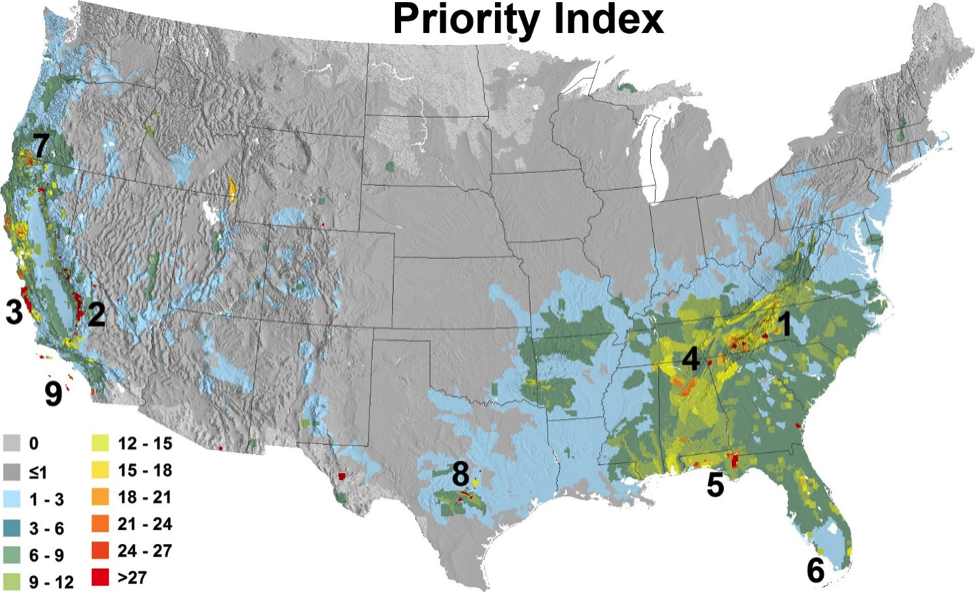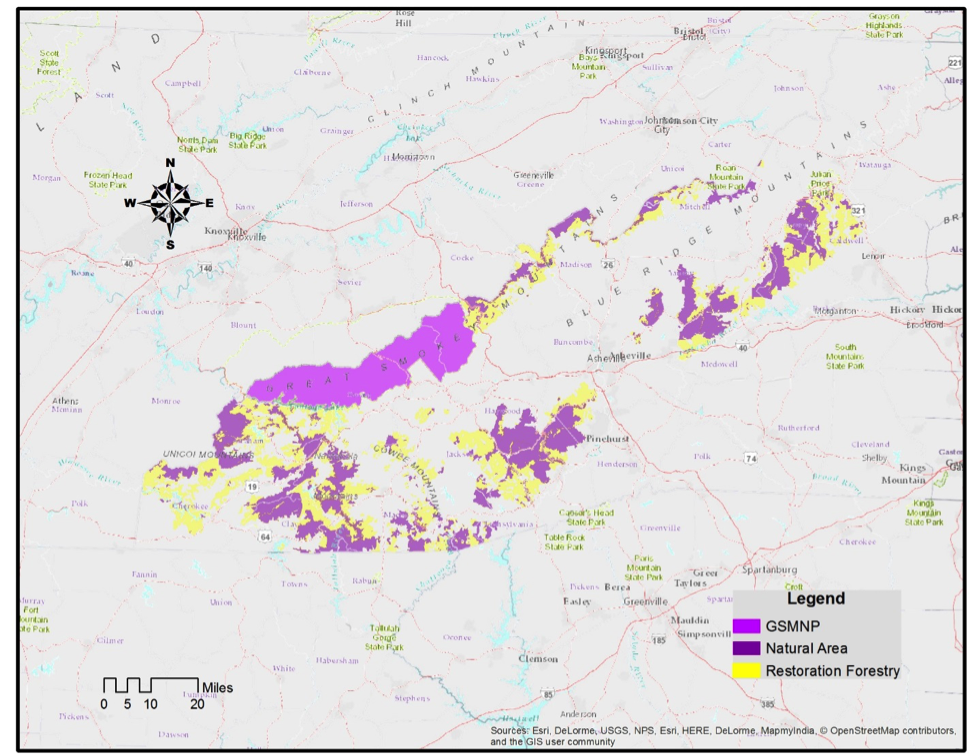
WNC Vote Tracker provides transparency on legislators’ votes on new laws that impact residents in 20 western counties
WNC Vote Tracker provides transparency on legislators’ votes on new laws that impact residents in 20 western counties
Before you go to the polls on November 8, find out how your legislators have voted on the issues that are most important to you. The nonpartisan website WNC Vote Tracker provides information on important legislation in six categories: Economic Security; Education; Environment; Health & Safety; and Women’s Issues. The WNC Vote Tracker also offers an overview of the state budget—arguably the most important legislation passed each year.
WNC Vote Tracker is available at www.wncvotetracker.org.
Lead partners of the WNC Vote Tracker include: Children First/ Communities In Schools, Just Economics, Pisgah Legal Services, MountainTrue, and Women for Women.
The guide highlights bills in the following categories:
- Economic Security: unemployment insurance eligibility, health insurance, housing security, access to public assistance, living wages, and the Earned Income Tax Credit.
- Education: issues of access to, and quality of, public education.
- Environment: air and water quality and other natural resources.
- Health and safety: health insurance, building safety, child safety, and reproductive health.
- Government and Democracy: local control of water resources, election and voting law changes, and repeal of the Racial Justice Act.
- Women: chosen for the additional impact they have on women’s health, economic opportunity, and rights.
The sponsors and partners of this effort represent a diversity of issues such as education, health, environment, women, and children. They come together with this effort to strengthen our democracy through accountability and informed citizen participation.
WNC Vote Tracker is available at www.wncvotetracker.org.
